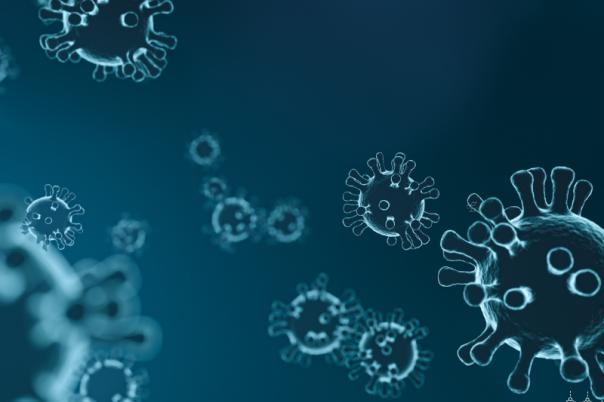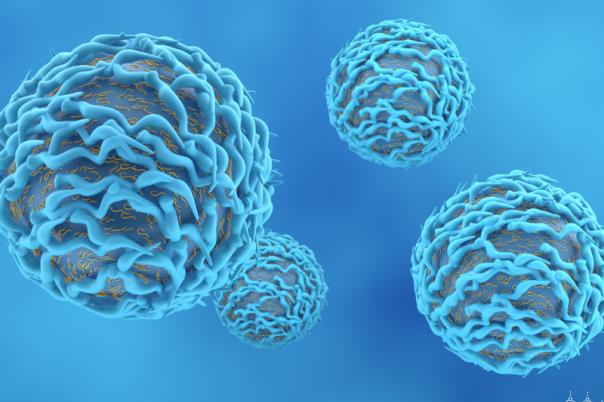Antibody therapeutics have been used as activators of the immune system to fight cancer since the late 1990s. Since then, the field has advanced dramatically, now boasting a host of weird and wonderful antibody formats aimed at improving efficacy of the immunotherapies. Bispecifics have been one such format which has seen interest, increasing a therapy’s specificity by binding to two or more antigens, rather than one.
What sets F-Star Therapeutics’ platform technology apart is the addition of two antigen binding sites on the Fc region of the antibody, what the company calls ‘Fcabs’. This makes F-Star’s antibodies tetravalent bispecific molecules. As such, the receptor clustering around these Fcabs drives some novel biology that you don’t see with traditional antibodies.
In this presentation, James Lawrence, Senior Bioanalytical Biomarker Outsourcing Manager at F-Star Therapeutics, highlighted the company’s lead antibody using this platform: FD118. Each of this antibody’s Fab arms have a PD-L1 binding site and both of its Fcabs bind to LAG-3. FD118 is currently being tested in Phase II clinical trials for head and neck cancer, non-small cell lung cancer (NSCLC), and diffuse large B cell lymphoma (DLBCL).
LAG-3 and PD-L1 are both well recognised checkpoint inhibitor targets. However, LAG-3 and PD-L1 can become upregulated after checkpoint inhibitor therapy, inducing acquired resistance to the treatment. That’s why FS118’s tetravalent bispecificity is so effective: as well as blocking PD-L1, the molecule targets LAG-3, not only blocking it, but shedding it completely. This helps to stave of upregulation of the antigen and resistance to the therapy.
FS118's clinical trials include two arms: one for checkpoint inhibitor-resistant patients and another for checkpoint inhibitor-naive patients. The goal is to see if FS118 can overcome PD-1 resistance by inducing LAG-3 shedding while still inhibiting PD-L1.
The trials have shown that FS118 is well tolerated and has resulted in stable disease in over half of the patients. The ongoing phase two trials are focusing on both checkpoint inhibitor-resistant and naive patients.




